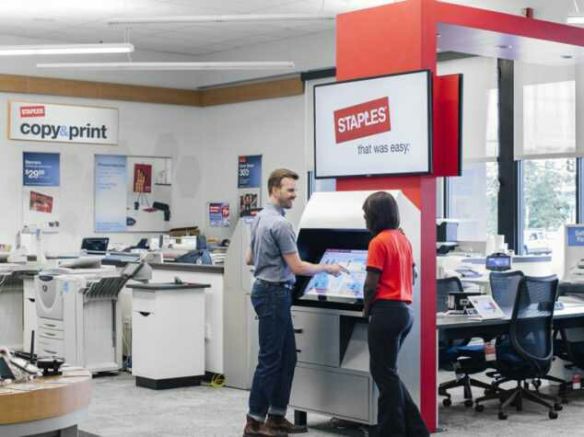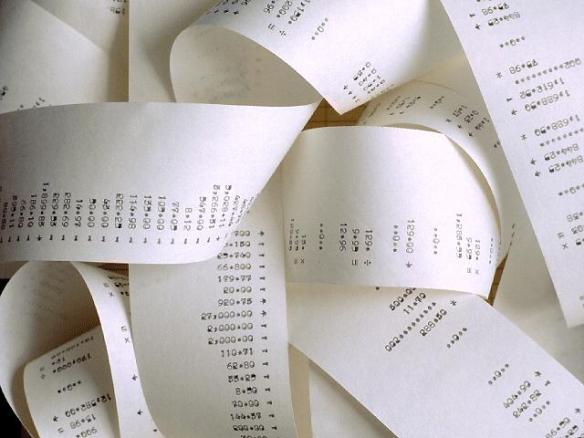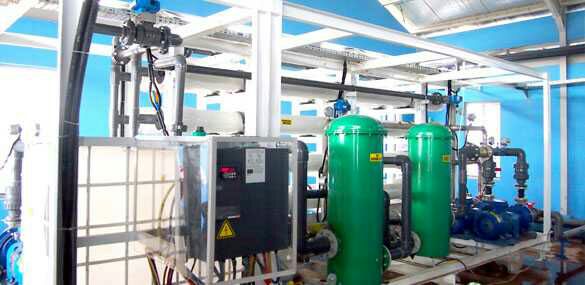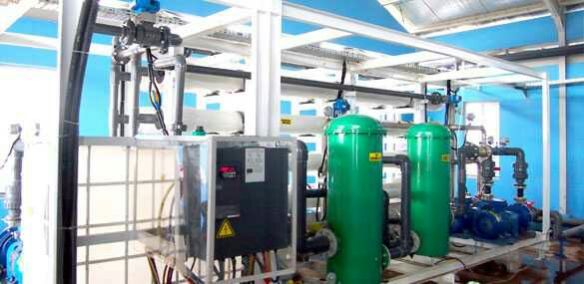Amazon may be looking to grab a piece of the B2B pie from retailers such as Staples by launching an Amazon Business marketplace stocked with hundreds of millions of business products.
The e-commerce giant says Amazon Business customers will also benefit from free two-day shipping on tens of millions of eligible items, multi-user business accounts, approval workflow, payment solutions, tax exemptions, dedicated customer support and much more.
“We’ve heard from business customers thatthey love the convenience of shopping online, and want an experience at work that is similar to how they shop at home,” said Prentis Wilson, Vice President of Amazon Business. “Amazon Business delivers a new and expanded marketplace that brings the selection, convenience and value of Amazon to business customers, manufacturers and sellers with the additional selection, features and back-end integration businesses need to save time and money.
”Some of the features Amazon Business offers include:
– Tailored Business Experience: Unique search, browse and shopping experience that is tailored specifically to business purchasing.
– Business Accounts: Create a single or multi-user business account, invite additional users to join the account, and define groups of users to easily share payment methods and shipping addresses.
– Free Two-Day Shipping: Fast, free shipping on orders of $49 or more on tens of millions of eligible items, plus access to even faster shipping options.
– Multi-Seller Marketplace: View multiple offers on a single product page for easy price comparisons, as well as shop sellers that consistently meet the performance and service requirements that businesses expect.
– Business-Only Pricing: Business-only prices on select items and quantity discounts from select manufacturers and sellers.
– Business-Only Selection: Business-only items combined with Amazon’s vast selection provides access to hundreds ofmillions of products, including hard-to-find items like traffic signs, industrial deep fryers, antibodies, 55-gallon steel drums, dent pullers and much more.
– Purchasing Approval: Create approval workflows to enable better spending controls.
– Purchasing System Integration: Integrate leading third-party procurement solutionsfor easy access to Amazon Business.
– Amazon Tax Exemption Program: Make tax-exempt purchases and manage tax exemption permissions across an organization.
– Order Tracking: Add purchase order or reference numbers to purchases to assist with reporting and account reconciliation.
– Amazon Corporate Credit Line: Place orders and finance purchases using a Pay-in-Full Credit Line or a Revolving Credit Line.
– Comprehensive Product Information: Rich product pages and studio-quality photography, as well as dimensions, CADdrawings and manufacturer how-to videos.
– Amazon Business Customer Support: World-class Amazon customer service dedicated to registered business shoppers.
“We’re consistently listening to feedback from customers so we can innovate, deliver more value and set a new standard for B2B e-commerce with Amazon Business. We think this is an experience that businesses will love and a great opportunity for manufacturers and sellers to reach registered business customers. It’s only the beginning for this new marketplace – we will continue to build out features in areas like product support, payments, shipping and pricing,” Wilson added.
Article By Gina Acosta
April 28, 2015









